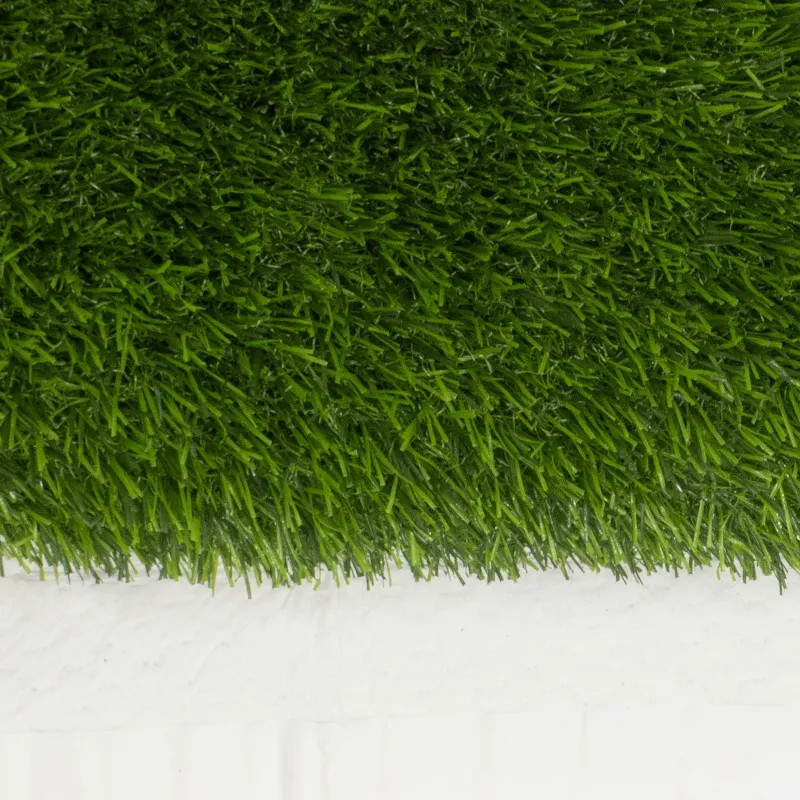
- Afrikaans
- Arabic
- Belarusian
- Bengali
- Czech
- Danish
- Dutch
- English
- Esperanto
- Estonian
- Finnish
- French
- German
- Greek
- Hindi
- Hungarian
- Icelandic
- Indonesian
- irish
- Italian
- Japanese
- kazakh
- Rwandese
- Korean
- Kyrgyz
- Lao
- Latin
- Latvian
- Malay
- Mongolian
- Myanmar
- Norwegian
- Persian
- Polish
- Portuguese
- Romanian
- Russian
- Serbian
- Spanish
- Swedish
- Tagalog
- Tajik
- Thai
- Turkish
- Turkmen
- Ukrainian
- Urdu
- Uighur
- Uzbek
- Vietnamese
Benefits of Using Artificial Turf for Cricket Fields and Game Performance
Sep . 30, 2024 10:22 Back to list
The Rise of Artificial Grass for Cricket Grounds Revolutionizing the Game
Cricket, often referred to as a gentleman's game, has deep roots and a profound connection with nature. Traditionally played on lush grass fields, the elegance of cricket is inextricably linked to the environment. However, as the demands of modern sports evolve, so too does the infrastructure that supports them. One of the most significant advancements in recent years has been the adoption of artificial grass for cricket grounds, a change that promises to revolutionize the way the game is played and viewed.
One of the primary advantages of artificial grass is its durability. Natural grass can be susceptible to wear and tear due to inclement weather, heavy foot traffic, and improper maintenance. These challenges can lead to inconsistent playing surfaces, which may affect the game's outcome. In contrast, artificial turf can withstand the rigors of intense play without deteriorating over time. This reliability translates into a more uniform playing experience for athletes, allowing players to focus on their skills without being hindered by unpredictable conditions.
Moreover, the advantages of artificial grass extend to maintenance. Maintaining a natural grass pitch requires significant resources and labor. Regular mowing, watering, fertilizing, and pest control are all essential to sustain a quality field. In contrast, artificial turf requires minimal upkeep. While it does require occasional cleaning and infill replenishment, the overall long-term costs associated with maintenance are considerably lower. This efficiency allows clubs and national associations to allocate their resources more effectively, investing in player development, training facilities, or community outreach programs.
Another notable benefit of artificial grass is its adaptability. In regions where weather conditions are less conducive to growing natural grass—such as arid climates or areas with harsh winters—artificial surfaces provide an alternative that ensures the game can continue throughout the year. This adaptability enables cricket clubs to host matches and training sessions without interruption, promoting year-round participation in the sport. In fact, many schools and communities are opting for artificial grass to encourage youth engagement in cricket, knowing that they can provide reliable playing conditions regardless of the weather.
artificial grass for cricket ground

In terms of player safety, artificial pitches have come a long way in replicating the feel of natural grass. Modern synthetic surfaces are designed with player injury prevention in mind. With advances in technology, these pitches offer shock absorption and enhanced grip, mitigating the risk of slips and falls during play. Furthermore, the consistency of these surfaces can help reduce the occurrence of uneven bounces—one of the most challenging aspects for bowlers and batsmen alike.
However, the transition to artificial grass isn’t entirely without its challenges. Traditionalists may argue that cricket should be played on natural grass to maintain the essence of the game. The aesthetic appeal and historical significance of natural pitches cannot be overlooked. The sight of a beautifully manicured green field, alive with the spirit of the sport, is part of what attracts fans and players to cricket.
Yet, as the landscape of sports continues to change, embracing innovation is essential. The introduction of artificial grass can lead to greater accessibility to the game, allowing more players to participate in a safe and efficient environment. Moreover, with cricket's increasing popularity across the globe, the demand for suitable playing surfaces is on the rise.
In conclusion, while traditionalists may reminisce about the days of pastoral cricket fields, the benefits of artificial grass for cricket grounds are clear. With its durability, low maintenance, adaptability, and focus on player safety, artificial turf is not just a passing fad but a forward-thinking solution that meets the demands of modern cricket. As the game continues to evolve, the integration of artificial grass may very well be the key to securing the future of cricket, ensuring that the sport remains accessible, enjoyable, and resilient for generations to come.
-
The Benefits of Artificial Turf for Indoors
NewsJul.15,2025
-
How Artificial Grass Suppliers Ensure Quality Products
NewsJul.15,2025
-
Artificial Grass and Pets: A Space for Relaxation
NewsJul.08,2025
-
Balcony & Outdoor Decoration with Artificial Grass
NewsJul.08,2025
-
Best Indoor Artificial Grass for Home
NewsJul.07,2025
-
Best Pet Turf for Dogs: Safe & Durable Artificial Grass Options
NewsJul.07,2025
Products categories









